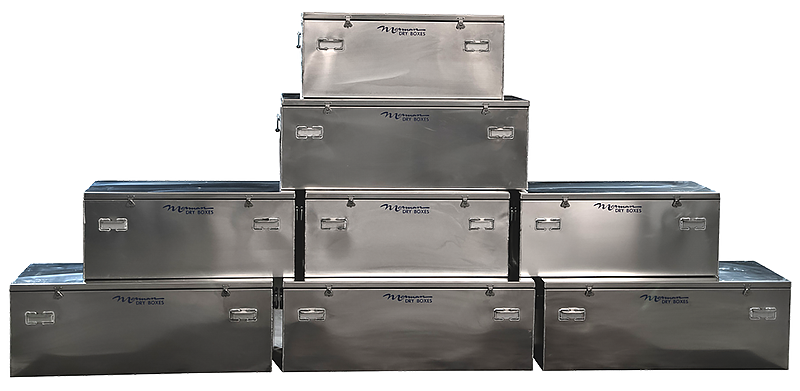Services You Can Trust
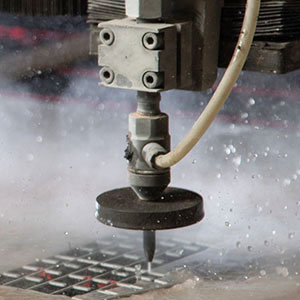
WaterJet
With precise, distortion free cuts, our waterjet is a perfect way to create unique one-off items, or an efficient means to replicate dozens of the same part. Better yet, we can cut more than metal, including ceramic, stone, wood, plastic, rubber, glass, and more.
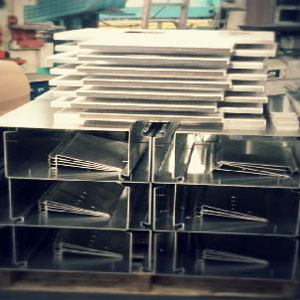
Custom Fabrication
Need that one item to finish a project? Maybe a metal accent for your house? Or perhaps a unique accessory for your rig? Bring us blueprints, email us pictures, or drop off hand drawn sketches, and we’ll help your vision become reality.
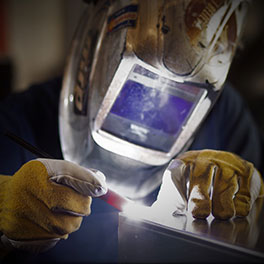
Welding
Decades of experience gives our welders the knowledge to accomplish an array of projects. From stainless steel to aluminum, to cast iron or pot metal, we can weld, solder, or braze most anything.
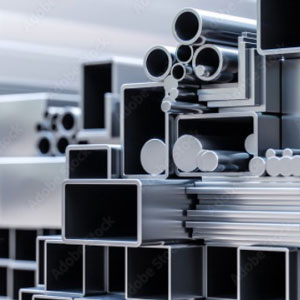
Material Sales
With a wide range of metal sheeting and extrusions, and a variety of metals like stainless steel and aluminum, you’re sure to find just what you need. No minimum length required, and same day service available.

